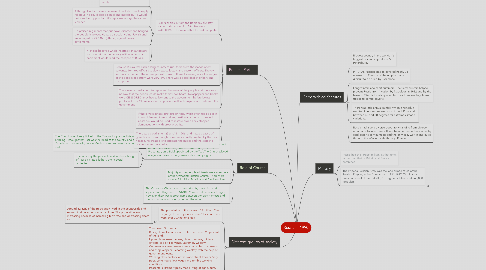
1. Role of Church
1.1. In 1721, the Russian Orthodox Church became a government department called holy synod. It was run by the Chief Procurator, an official appointed by the Tsar.The Church played a significant role in many Russification campaigns.
1.1.1. The Church was closely linked to the Tsar and supported his way of ruling. It taught that Tsar was the head of the country and the Church- in other words, he was God's chosen representative on earth.
1.1.2. This was why the peasants and workers thought of Tsar as a 'little-father', their special protecter.
1.2. Majority of the people of Russia were members of the Orthodox Russian Church. There were around 23 million Muslims and 5 million Jews.
1.3. The Orthodox Church was surrounded by mysticism and superstition. Holy men, or STARTSY, were held in special regard. However, their was a great gap between the parish priests and the rich bishops and clergymen on the other.
2. Different groups of society
2.1. The population of Russia was 128 million. The majority of the population were Slavs but there were over 200 nationalities.
2.1.1. Around 82-82% of the population lived in the countryside and earned their income from agriculture. The population was increasing because of increasing birth rate and decreasing death rate.
2.2. There were 5 cultures- Ruling class- Tsar autocratic ruler. he owned 25 percent of the land. Upper class- lesser nobles, church leaders, military officers, top civil servants. Extremely wealthy. Commercial class- bankers, merchants, factory owners and shop keepers. Becoming wealthy with the help of government loans. Working class- factory workers and street traders. Very poor. Long hours, low wages and terrible working conditions. Peasants- extremely poor. Made living of agriculture. All the wealthy classes were contented whereas the bottom two class were discontented citizens.
3. Political Parties
3.1. Tsar Nicholas II, from the Romanov dynasty, came to the throne in 1894. He was an AUTOCRAT. This means that he had complete
3.1.1. Tsar was a kind, well-meaning person, with a deep affection for his family.
3.1.2. Although kind to those who were close to him and deeply religious, he could also be cruel and merciless. He would not stand for opposition. His reply was always the same- violence.
3.1.3. He praised regiments that put down disorder and hanged the people involved. He was particularly Anti-Jewish and encouraged POGROMS (attacks) against Jewish settlements.
3.1.4. Nicholas believed whole-heartedly in autocracy. He thought that democracy with elections or parliament would lead the collapse of Russia.
3.2. Because Russia was such a long country to run, there were thousands of civil servants, from top officials to down tax collectors and custom officers. The civil servants carried out the orders passed down to them, However, since the wages at the people at bottom were very low. There was a good deal of bribery and corruption.
3.3. There was no parliament to represent the views of the people and there was no way that the people could make their views heard. Newspapers and books were CENSORED; they had to be sent to the government before being published. The Okhrana, or secret police, dealt with anyone who criticised the government.
3.4. If there were strikes, protests or riots, which often took place in times of famine, then soldiers, particularly the much-feared Cossacks, would be used to restore order. They stooped demonstrations with great brutality.
3.5. There was a parliament (Duma) in 1906, and it was a cause of great hope. Even though Duma was actually created by the Tsar himself, he created it to appease the public and the stop the revolution from occurring.
4. Geographical features
4.1. Biggest country in the world. It's biggest city and capital was St. Petersburg.
4.2. In 1990s, Russian empire covered nearly 23 square km. The size of the empire made it difficult to be ruled by Tsar alone.
4.3. Long winters and short summers. The fierce winters helped prevent Russia from invasion by Napoleon in 1912 and by the Nazis in 1943 but it also prevented Tsar from sending its own troops to control revolts.
4.4. There was little annual rainfall. When it rained, it resulted in enormous amounts of mud. Russia laid between 40 and 80 degrees for extreme climatic variations.
4.5. Russia had a very diverse geography ranging from diverse mountains to inland seas. It was hemmed in on three sides by cold deserts or mountains and the only easy way in and out is through the Western side through Europe.
5. Military
5.1. Russia had the largest military at that time, larger than that of Britain and France combined.
5.2. The Imperial Russian Army was the land armed force of the Russian Empire, active from around 1721-1917. The Russian army consisted of around 938,731 regular soldiers and 245,850 irregulars.
5.2.1. Task
5.2.2. Prerequisites
